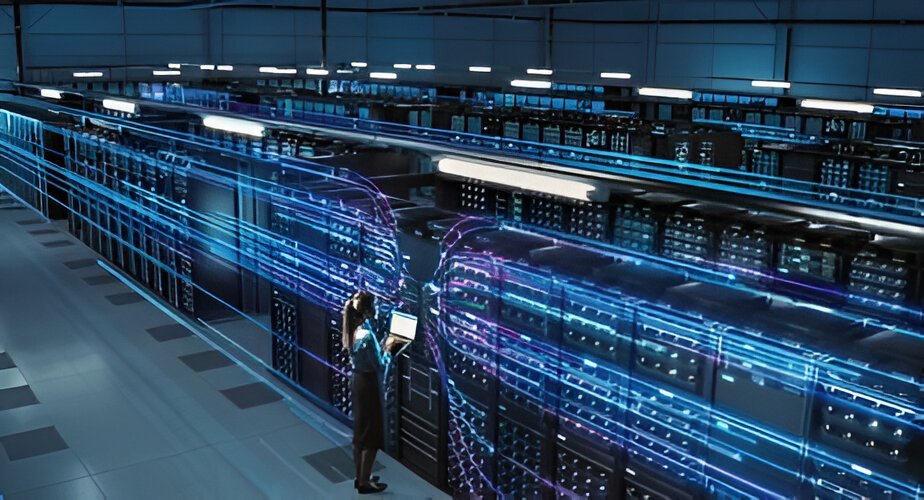In the ever-evolving landscape of retail, one thing remains constant: the pursuit of a seamless, frictionless shopping experience. From the early days of brick-and-mortar stores to the rise of e-commerce giants, retailers have continually sought ways to remove barriers and make the purchasing process as smooth as possible for consumers. Now, with advancements in technology reaching unprecedented levels, we are witnessing the dawn of a new era in retail—one where frictionless shopping reaches new heights thanks to innovative technologies.
The concept of frictionless retail revolves around the idea of eliminating obstacles and streamlining every step of the shopping journey, from browsing to checkout. This not only enhances the overall customer experience but also increases efficiency for retailers, ultimately driving higher sales and customer satisfaction. While the shift towards frictionless retail has been underway for some time, recent technological innovations have accelerated this transformation, paving the way for a more seamless shopping experience than ever before.
One of the most notable advancements in frictionless retail is the widespread adoption of mobile technology. Smartphones have become ubiquitous in today’s society, serving as powerful tools that connect consumers with retailers anytime, anywhere. Mobile apps, in particular, have revolutionized the way people shop, offering personalized recommendations, seamless payment options, and instant access to product information. Retailers are leveraging mobile apps to create immersive shopping experiences that blur the lines between online and offline channels, allowing customers to seamlessly transition between browsing online and making purchases in-store.
Furthermore, the integration of artificial intelligence (AI) and machine learning algorithms has played a pivotal role in enhancing the efficiency and personalization of the shopping experience. These technologies analyze vast amounts of data to understand consumer preferences, predict future trends, and deliver targeted recommendations in real-time. Whether it’s suggesting products based on past purchases or optimizing inventory management, AI-powered solutions enable retailers to tailor their offerings to each individual customer, fostering a deeper sense of engagement and loyalty.
In addition to mobile technology and AI, the rise of contactless payment solutions has revolutionized the checkout process, further reducing friction for consumers. Mobile wallets, such as Apple Pay and Google Pay, enable customers to make secure transactions with a simple tap of their smartphone, eliminating the need for physical cards or cash. Moreover, the emergence of cashierless checkout systems, exemplified by Amazon Go stores, takes convenience to new heights by allowing shoppers to grab items and go without ever having to wait in line or scan their purchases.
Another area where technology is reshaping the retail landscape is through the use of augmented reality (AR) and virtual reality (VR) technologies. These immersive experiences enable customers to visualize products in their own space before making a purchase, providing a level of confidence and certainty that traditional online shopping cannot match. Whether trying on virtual clothing or previewing furniture in a room setting, AR and VR enhance the overall shopping experience, driving higher conversion rates and reducing returns.
Moreover, the Internet of Things (IoT) is revolutionizing the retail industry by connecting physical objects to the digital world, creating a seamless ecosystem of interconnected devices. Smart shelves, RFID tags, and beacons enable retailers to track inventory in real-time, optimize store layouts, and deliver personalized promotions based on a customer’s location and preferences. By harnessing the power of IoT, retailers can create hyper-targeted experiences that anticipate and fulfill the needs of consumers before they even realize them.
As we look to the future of retail, it’s clear that technology will continue to play a central role in shaping the shopping experience. From mobile apps and AI-driven personalization to contactless payments and immersive AR/VR experiences, the possibilities for frictionless retail are boundless. By embracing these innovations and leveraging them to their full potential, retailers can stay ahead of the curve and meet the ever-changing demands of today’s consumers.
In conclusion, the evolution of retail is driven by technology, and the quest for a frictionless shopping experience has never been more achievable. With each new innovation, we inch closer to a future where shopping is effortless, intuitive, and tailored to the individual preferences of each consumer. By harnessing the power of mobile technology, AI, contactless payments, AR/VR, and IoT, retailers can create seamless experiences that delight customers and drive business growth. As we continue on this journey of innovation, one thing is certain: the future of retail is frictionless.
